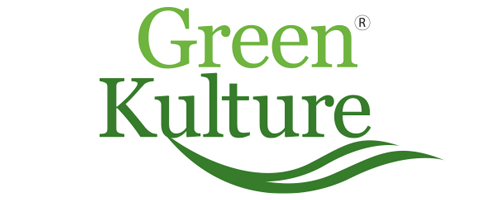An extract from article written by Kristen Fischer on October 19, 2017 healthline.com
We clean our houses — some of us regularly. But are we doing it to the detriment of our health? There are countless studies about the hazards of cleaning chemicals and a slew of natural alternatives aimed at lowering our exposure to harmful chemicals. Even without harmful substances as a hazard, other problems lurk in the form of the way we position our bodies while scrubbing — or even the tools we use.
How can you make household cleaning as safe as possible?
A recent report found that using bleach even once a week boosts your risk for chronic obstructive pulmonary disease (COPD) by a third. This research isn’t the first to link cleaning chemicals to health ailments. Bleach, ammonia or quaternary ammonium compounds (a type of disinfectant), phthalates, and many volatile organic compounds (VOCs) in typical cleaning products have all been linked to respiratory illnesses, including asthma, according to Allen Rathey, principal of The Healthy Facilities Institute. He told Healthline that hazardous chemicals can be found in:
- bleach-based products
- degreasers containing 2-butoxyethanol, also known as butyl cellosolve or ethylene glycol butyl ether (EGBE)
- disinfectants
Dust can also contain chemicals such as phthalates. The Centers for Disease Control and Prevention (CDC) and the National Institute for Occupational Safety and Health (NIOSH) report that EGBE can affect the blood. Officials say the chemicals can be absorbed through the skin or inhaled, potentially exposing persons handling the product to levels above the exposure limit set by the Occupational Safety and Health Administration (OSHA) of 50 parts per million (ppm).
EGBE is listed on NIOSH as possibly toxic to the eyes and skin, central nervous system, respiratory system, kidneys, and liver. The Agency for Toxic Substances and Disease Registry ATSDR) states it also affects development and reproduction. Both the ATSDR and the CDC consider it a “hazardous substance.” Further, scientists are concerned because EGBE doesn’t occur naturally, we don’t understand the implications of its widespread use indoors. EGBE is just one of an array of reportedly harmful cleaners.
Anne Steinemann, a professor at The University of Melbourne in Australia, has studied chemicals used in the cleaning process. Her 2016 study in the journal Air Quality, Atmosphere & Health found that more than one-third of Americans report adverse health effects — such as migraine headaches and asthma attacks — when exposed to common fragranced consumer products such as cleaning supplies, laundry detergents, and air fresheners.
Dr. Ahmed Arif, a professor of epidemiology at the University of North Carolina Charlotte, said that most cleaning products emit volatile organic compounds that can irritate airways or cause cancer. His research found that bleach, most toilet cleaners, and some glass cleansers were linked to asthma. One product may not be too detrimental, but the potential for it to mix with another substance could create additional hazards. “Mixing chemicals is never a good idea, but the most egregious mix is bleach and ammonia, as it produces very toxic gas,” Rathey noted. Even if you aren’t mixing chemicals such as those, the wide range of chemicals legally in use means that they can mix inside our homes, and we “have no idea” the extent of those health impacts, Rathey added.
“Housework is harmful to your health when it creates exposure to unwanted substances,” Rathey said.





